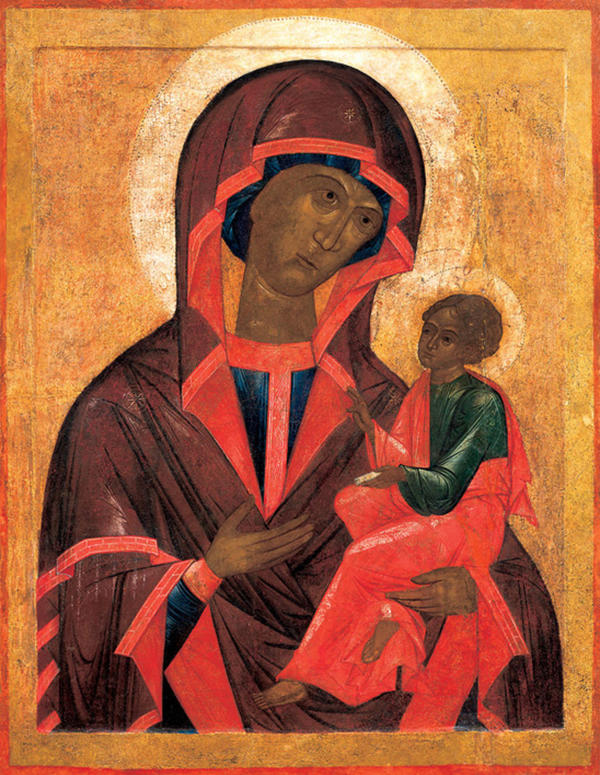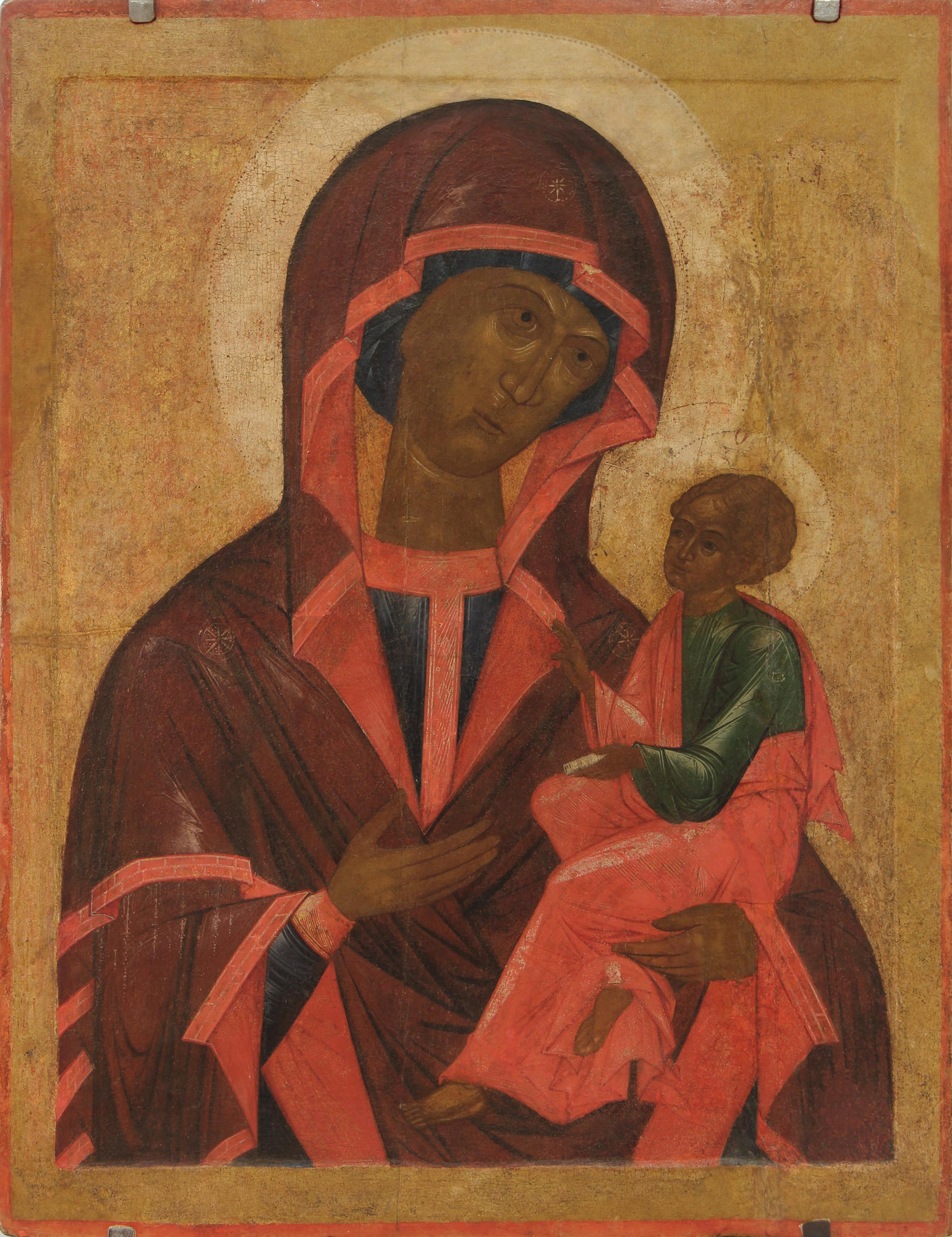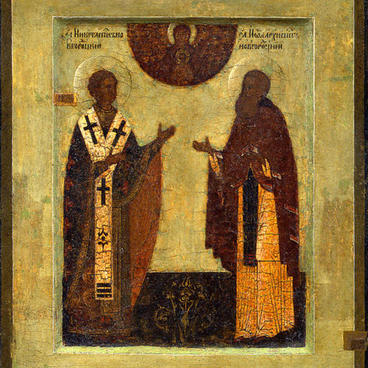The earliest icon of the Mother of God of Georgia was painted in Georgia. This is one of the 142 Orthodox iconographic compositions of the Mother of God. In 1622, the original icon was taken away to Persia, where it was purchased by Stefan Lazarev, an agent of a Russian merchant. That icon was first displayed in Russia in1629, when it was housed in the Chernogorsk monastery near Arkhangelsk. After a few years, local icon painters began to copy that image. The icon presented here was also painted in the 17th century.
Mother of God of Georgia
Creation period
17th century
Dimensions
94,5x73,5 cm
94.5x73.5x3.8 cm
94.5x73.5x3.8 cm
Technique
Wood, tempera
Exhibition
0
Open in app#1

Unknown author
Mother of God of Georgia
#4
#3
Iconography
#5
The Mother of God of Georgia is an example of the Hodigitria type, which literally means ‘the One who shows the Way’. This iconographic subject traces its origins to the ancient Christian Monastery of Hodegon in Constantinople, which had the icon believed to have been painted by St. Luke the Apostle. Such icons depict the Mother of God holding Christ Child. His head is slightly tilted back, the right hand is raised in a blessing gesture, and he holds a scroll in his left hand. In the icon of the Mother of God of Georgia, the Infant is shown sitting on the Virgin’s left arm.
#2
Wooden panels for icons were traditionally prepared from the core of well-dried logs. Most commonly, non-resinous woods were used, such as lime or alder. Most ancient icons were painted on split panels: masters had no tools to neatly saw panels along the grain, as the saw teeth could only cut across the grain.
The artist then covered the panel with a canvas (a linen cloth), primed it with levkas (i. e. gesso, a special chalk solution), and applied paint to it. The paints were prepared with special powder pigments and raw eggs.
For centuries, this icon was stored in churches of the Arkhangelsk province. In Soviet times, church utensils were routinely expropriated and sent to museum depositories. In 1996, the Mother of God of Georgia icon was purchased by the Generations Fund of the Khanty-Mansi Autonomous Okrug for their Rarities and Art Treasures collection. After 15 years, it was transferred to the State Museum of Fine Arts of Khanty-Mansiysk.
#6
State Museum of Fine Arts of Khanty-Mansiysk
read morehide
00:00
00:00
1x
Mother of God of Georgia
Creation period
17th century
Dimensions
94,5x73,5 cm
94.5x73.5x3.8 cm
94.5x73.5x3.8 cm
Technique
Wood, tempera
Exhibition
0
Open in app
Share


